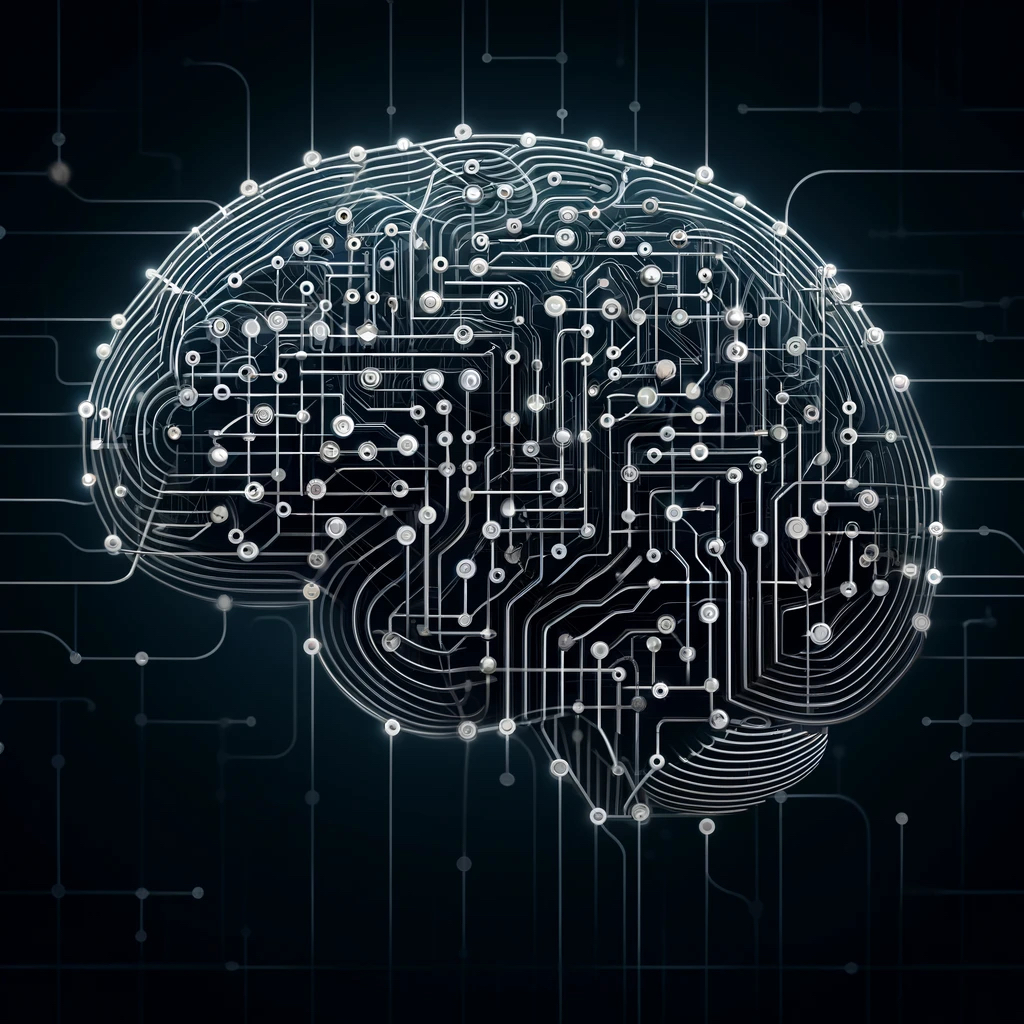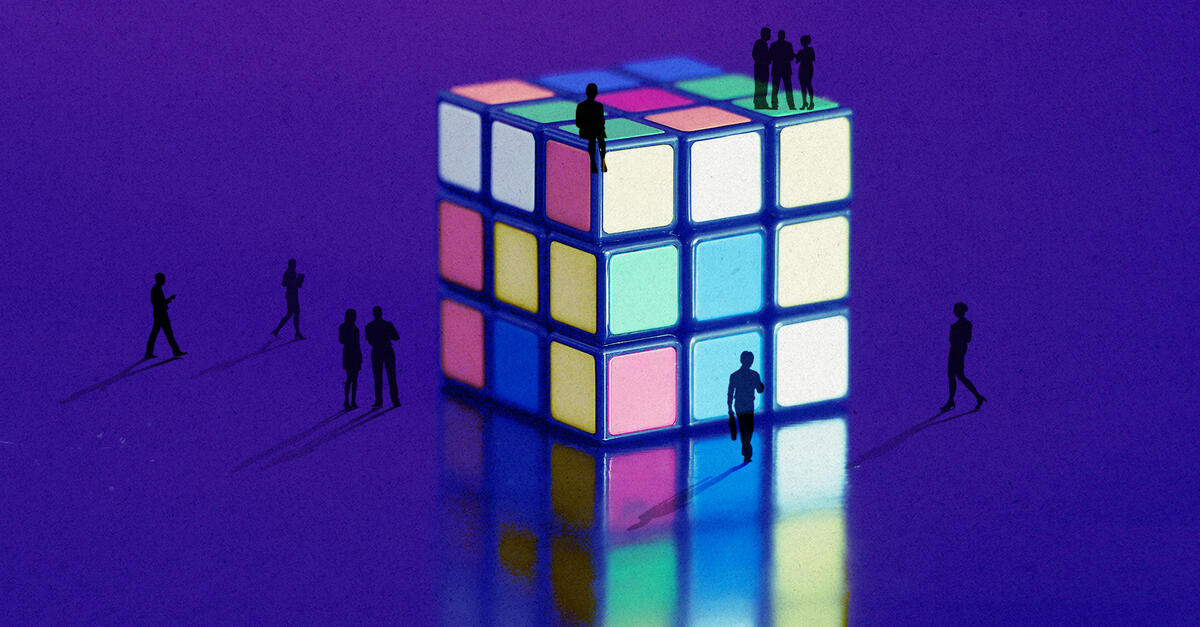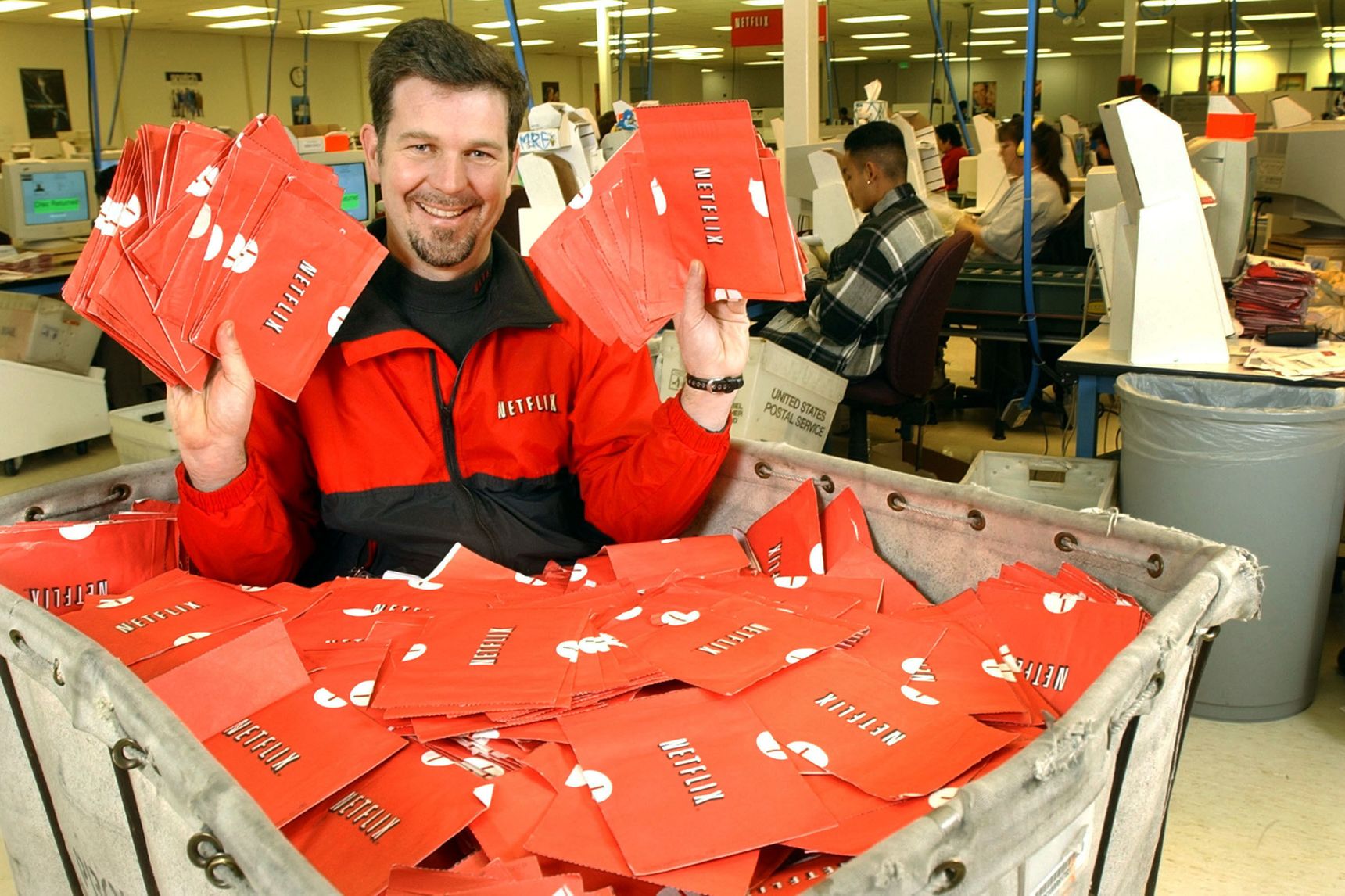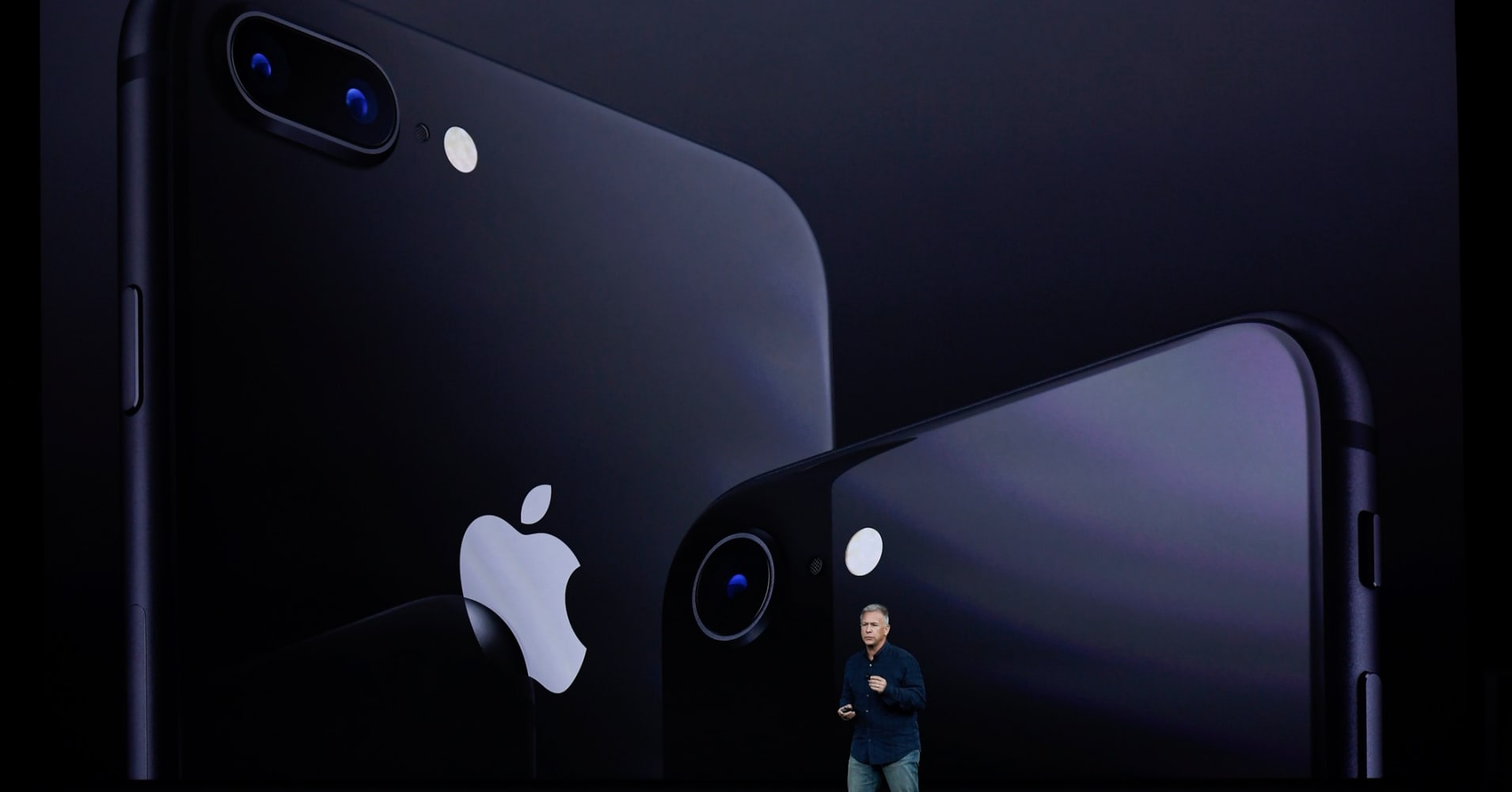
Photo: Qi Heng | VCG | Getty Images
WHAT DOES A SILICON VALLEY ARTIFICIAL-INTELLIGENCE PIONEER have in common with Bolivian tin miners equipped with pickaxes and dynamite? With Chilean men and boys extracting lithium from underground brine pools? With Chinese workers in assembly plants that management has ringed with netting to deter suicides? With a wildly successful yet conscience-stricken videogame designer in Hanoi? As reported by Brian Merchant in The One Device: The Secret History of the iPhone, all these people and many more were players in the making of what may be the hottest gadget in human history.
It’s a remarkable tale, one that takes us well beyond the predictable panorama of late-night coding sessions and choreographed Apple product launches (though we see those as well). Instead, Mr. Merchant goes deep into the guts of the device that has made Apple the most valuable publicly traded company on the planet.
Books: Digital Life |
Swept Away by the StreamBinge Times, by Dade Hayes and Dawn Chmielewski“Is the Albanian army going to take over the world?” Old-media conglomerates famously dismissed Netflix when it was a fledgling startup. Time Warner, Blockbuster: Where are they now?
|
After the DisruptionSystem Error, by Rob Reich, Mehran Sahami and Jeremy WeinsteinThe digital transition was always going to be a messy one—look at the antitrust fights that followed the telephone during the analog era.
|
The New Big BrotherThe Age of Surveillance Capitalism, by Shoshana ZuboffTech companies have shown themselves to be increasingly cavalier with our personal data. Are we handing over too much information?
|
The Promise of Virtual RealityDawn of the New Everything, by Jaron Lanier
|
When Machines Run AmokLife 3.0, by Max TegmarkThe author was taken aback when he observed an AI program teach itself to play an arcade game—and play it much better than its human designers.
|
The World’s Hottest GadgetThe One Device, by Brian MerchantApple’s iPhone—a 21st-century American icon—could not exist without the labors of Bolivian miners and Chinese factory workers.
|
Soft Skills and Hard ProblemsThe Fuzzy and the Techie, by Scott Hartley
|
Confronting the End of PrivacyData for the People, by Andreas Weigend
|
We’re All Cord Cutters NowStreaming, Sharing, Stealing, by Michael D. Smith and Rahul TelangWhat happens when media executives refuse to believe the Internet is a challenge to their businesses?
|
Augmented Urban RealityThe City of Tomorrow, by Carlo Ratti and Matthew ClaudelCan smartphone connectivity and shared data solve the problems of crowded cities?
|
Word Travels FastWriting on the Wall, by Tom StandageTwitter and Facebook are just the latest incarnations of a tradition that dates back 2,000 years, Tom Standage says.
|
The author, an editor at the online publication Motherboard, is nothing if not obsessive. This is a man who really, really wanted to get inside his iPhone. Apple doesn’t make it easy—like many of the company’s devices, it is sealed shut with tamper-resistant screws—and Mr. Merchant wasn’t satisfied with spreading its innards out on a workbench in any case. He took the thing to a lab and had it pulverized to find out what it’s made of: lots of aluminum, carbon, iron and oxygen (from various oxides); some silicon, copper and cobalt; much smaller amounts of more than 20 other elements; and traces of rare-earth minerals like cerium and yttrium.
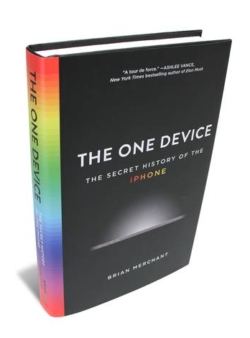
THE ONE DEVICE: The Secret History of the iPhone
by Brian Merchant
Little, Brown, 407 pages, $28

 June 30, 2017
June 30, 2017
